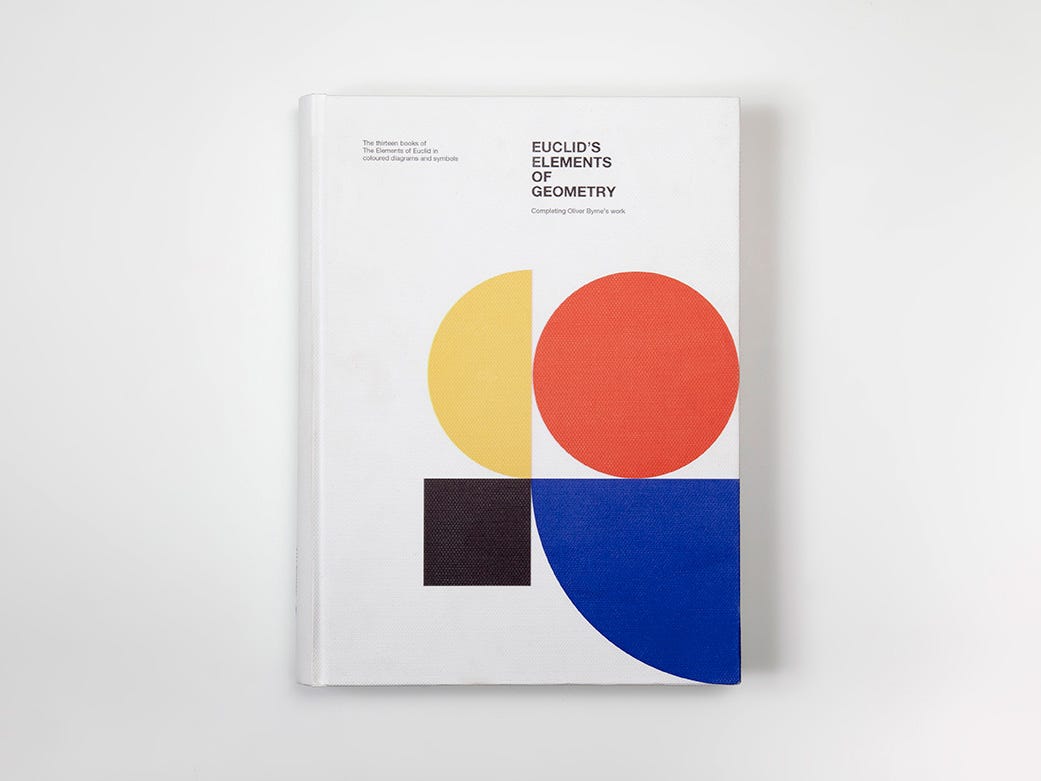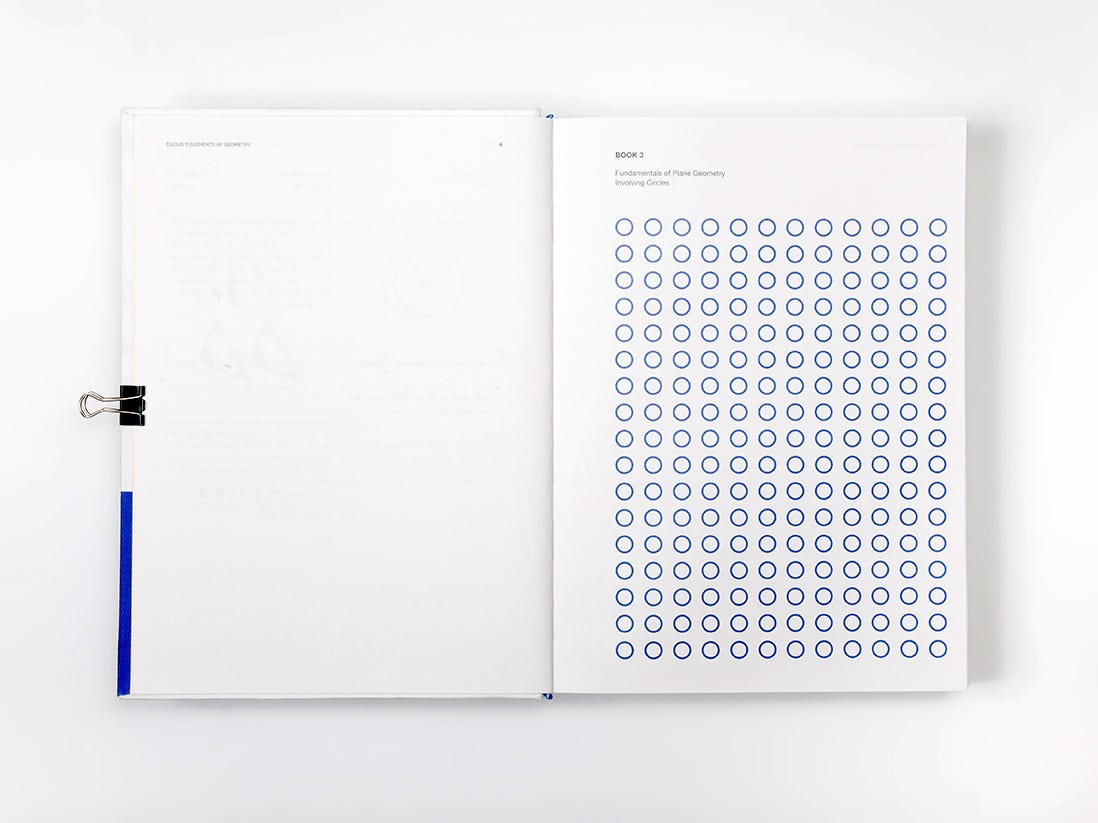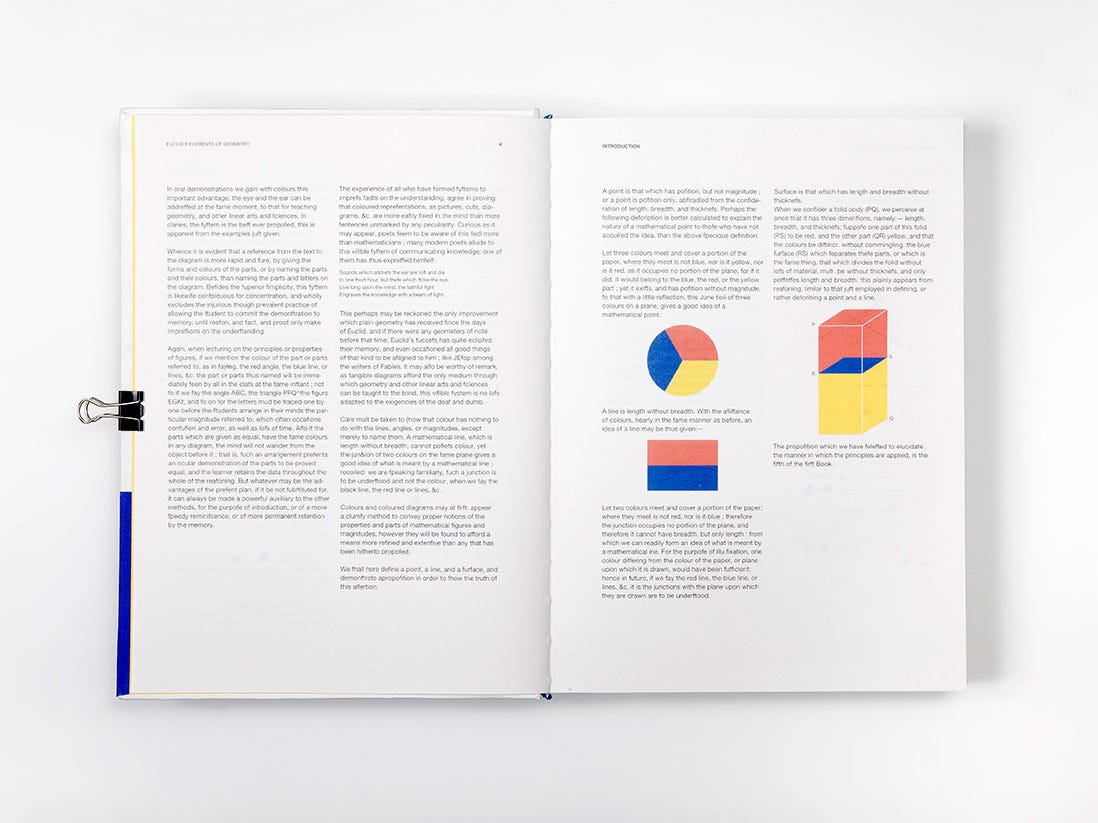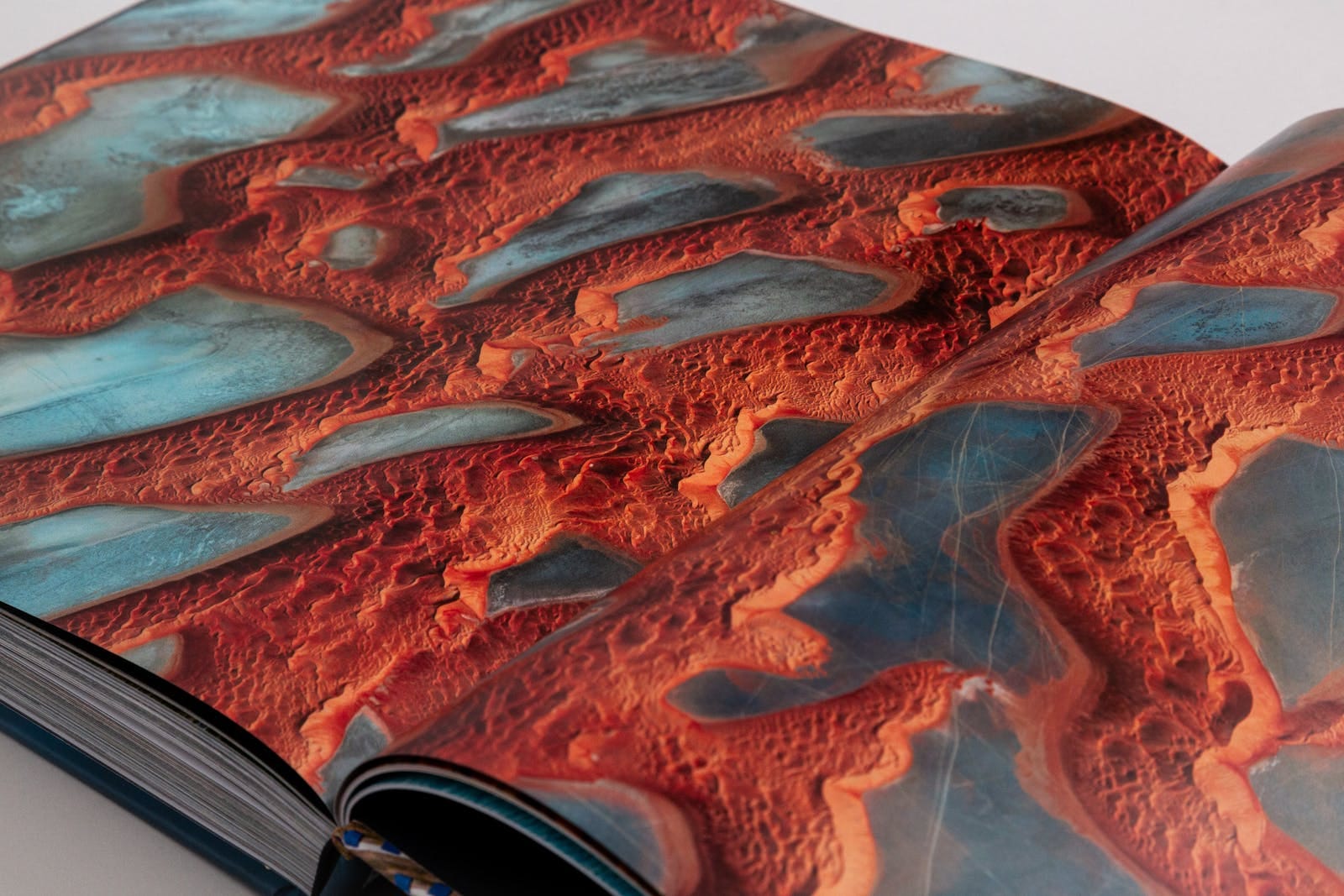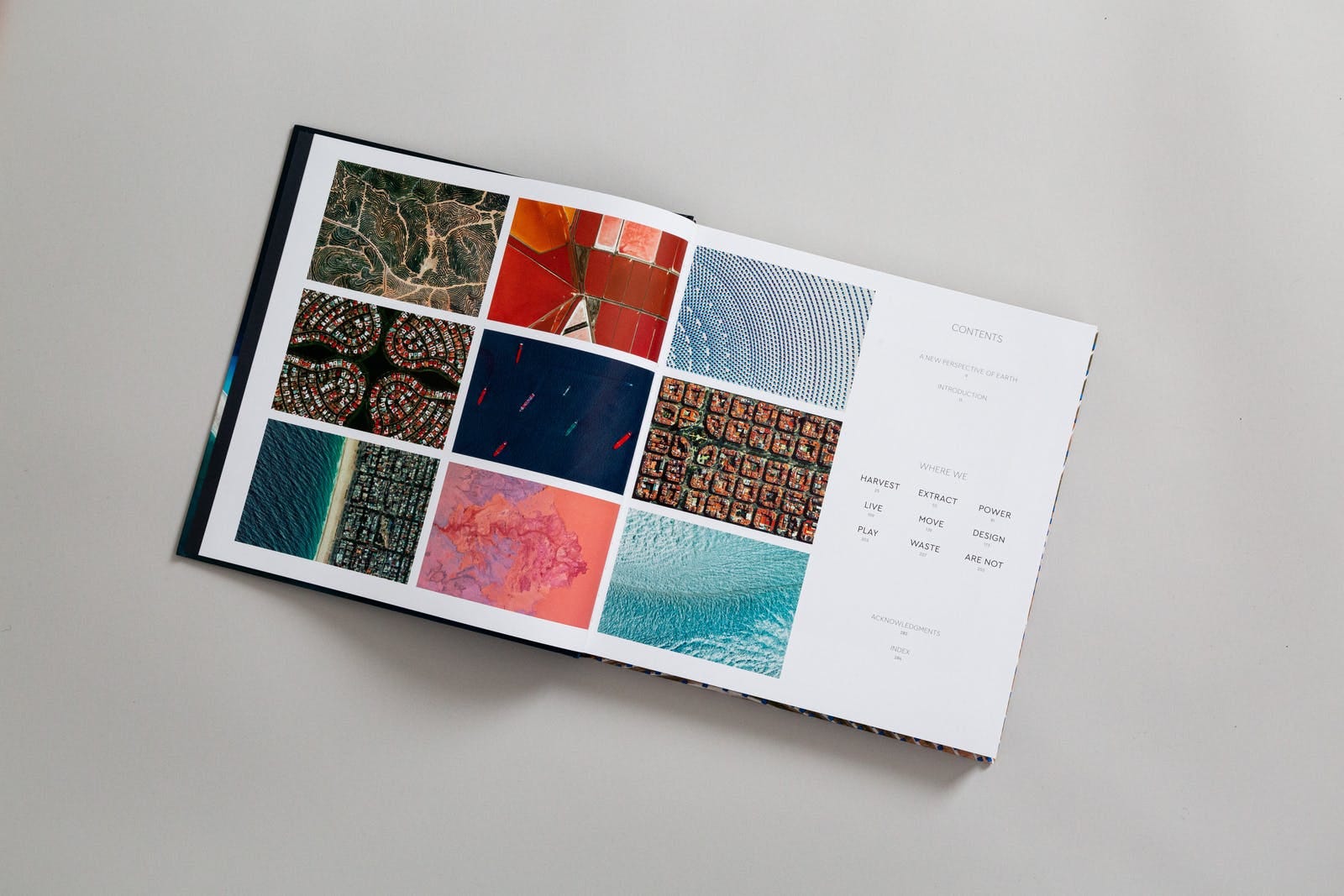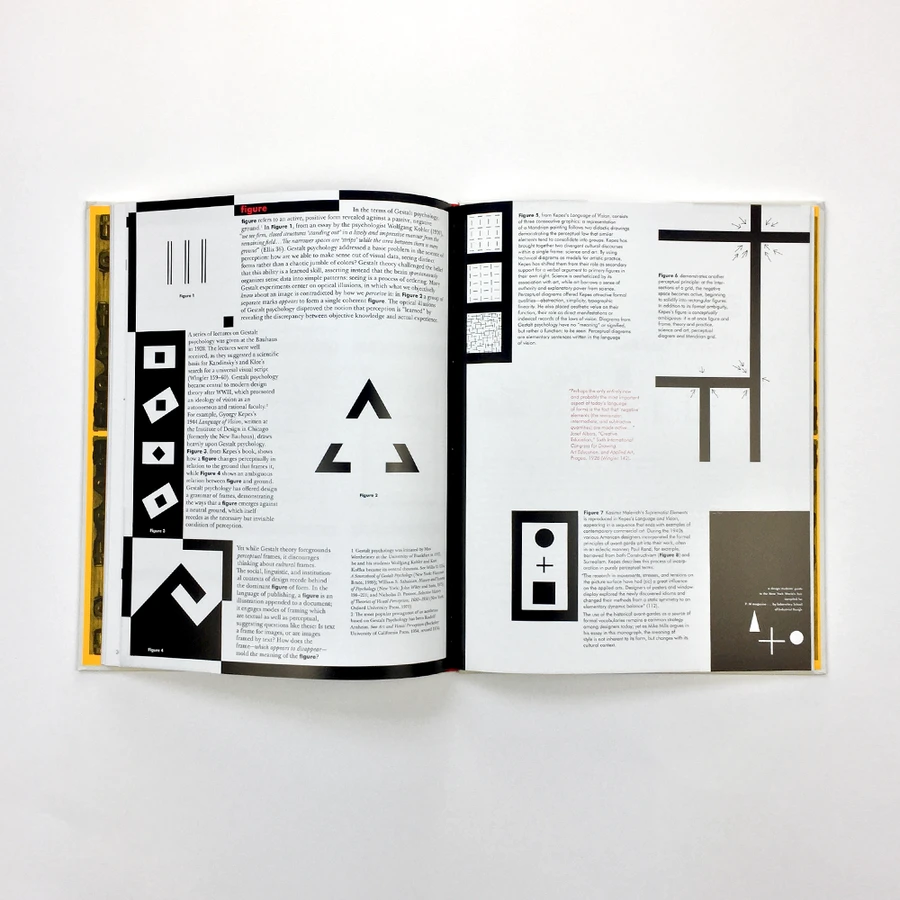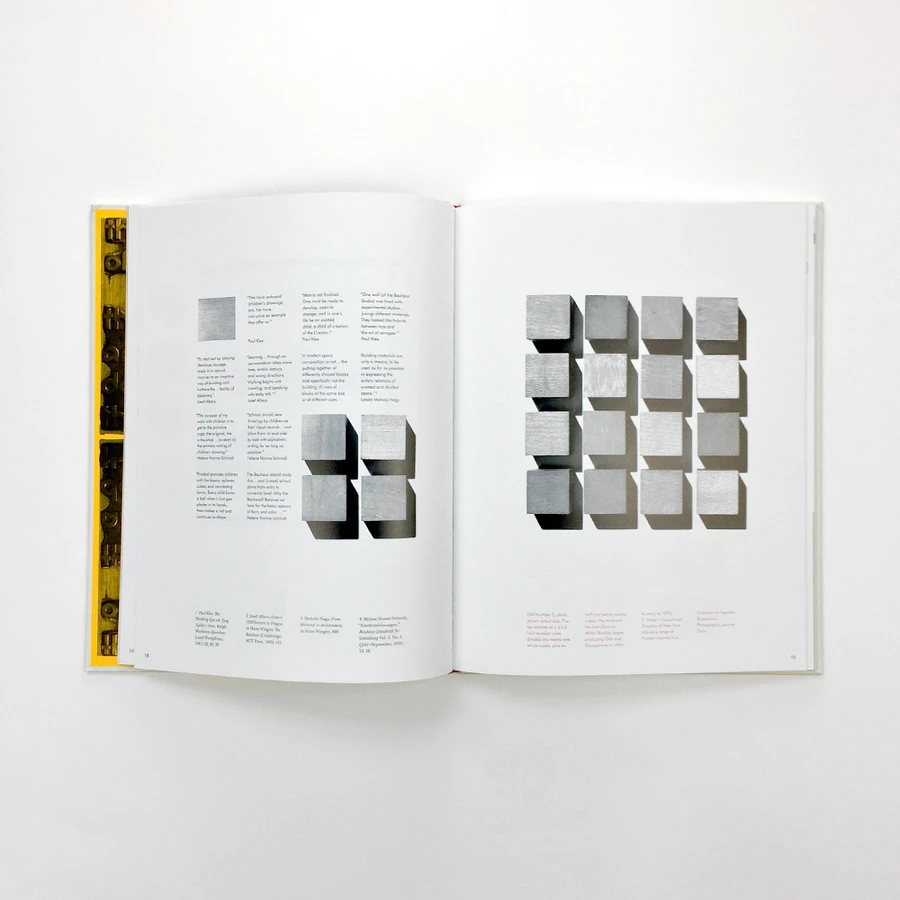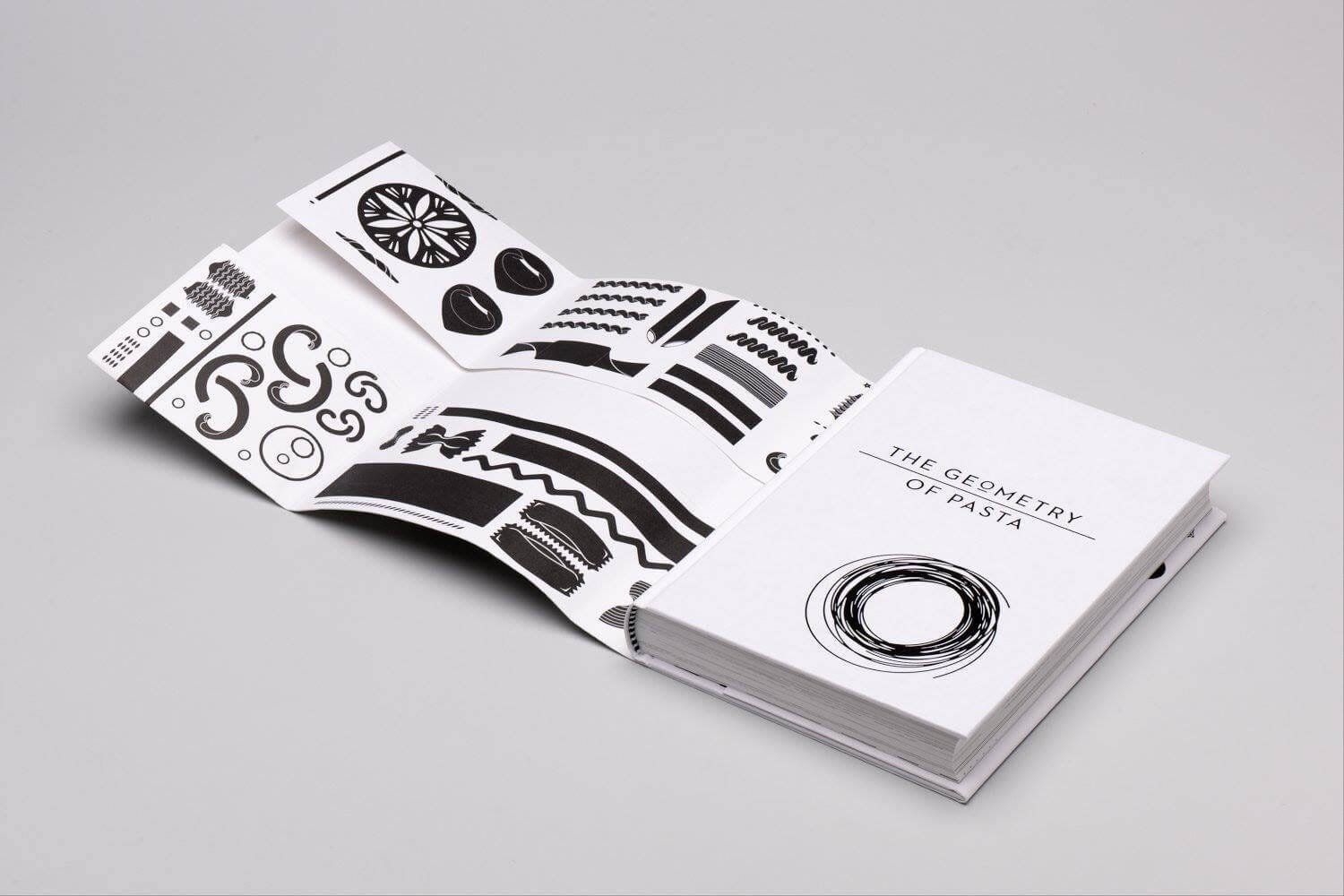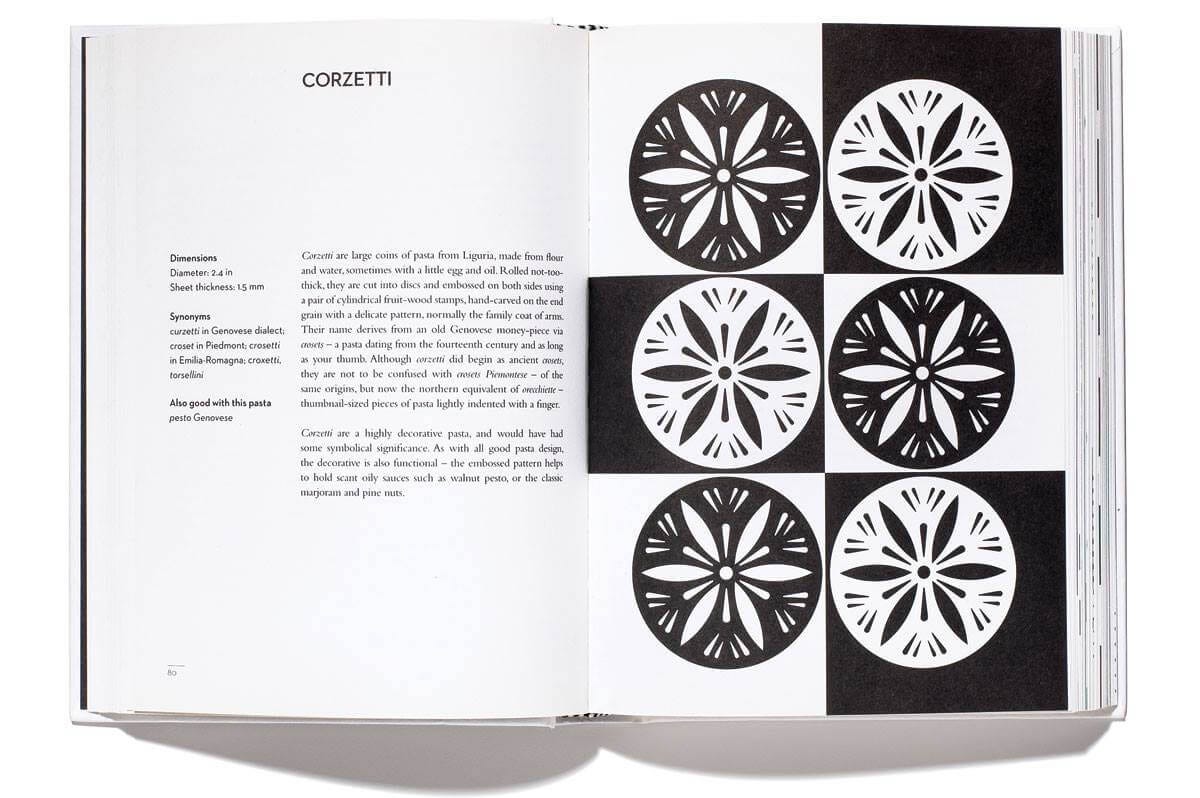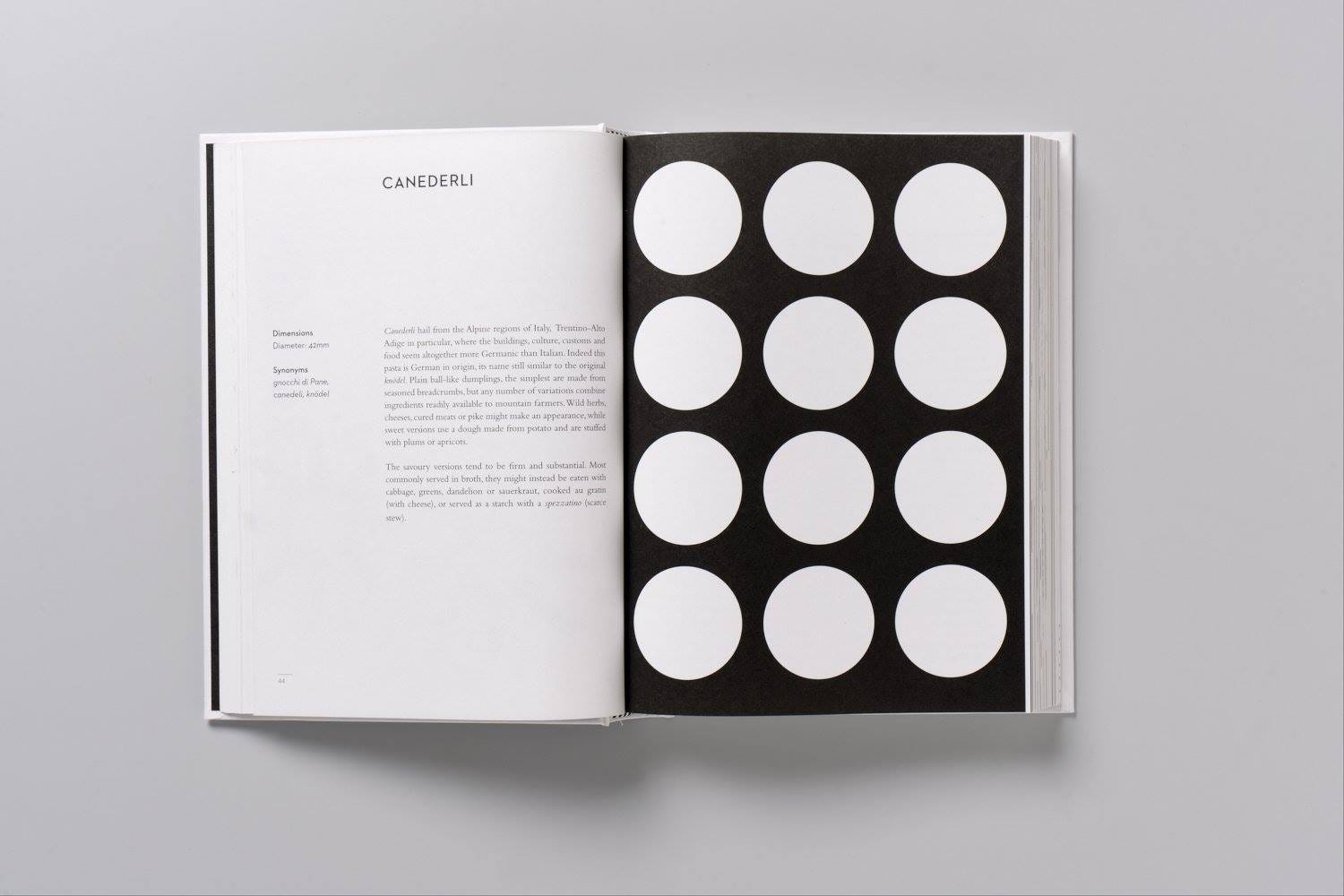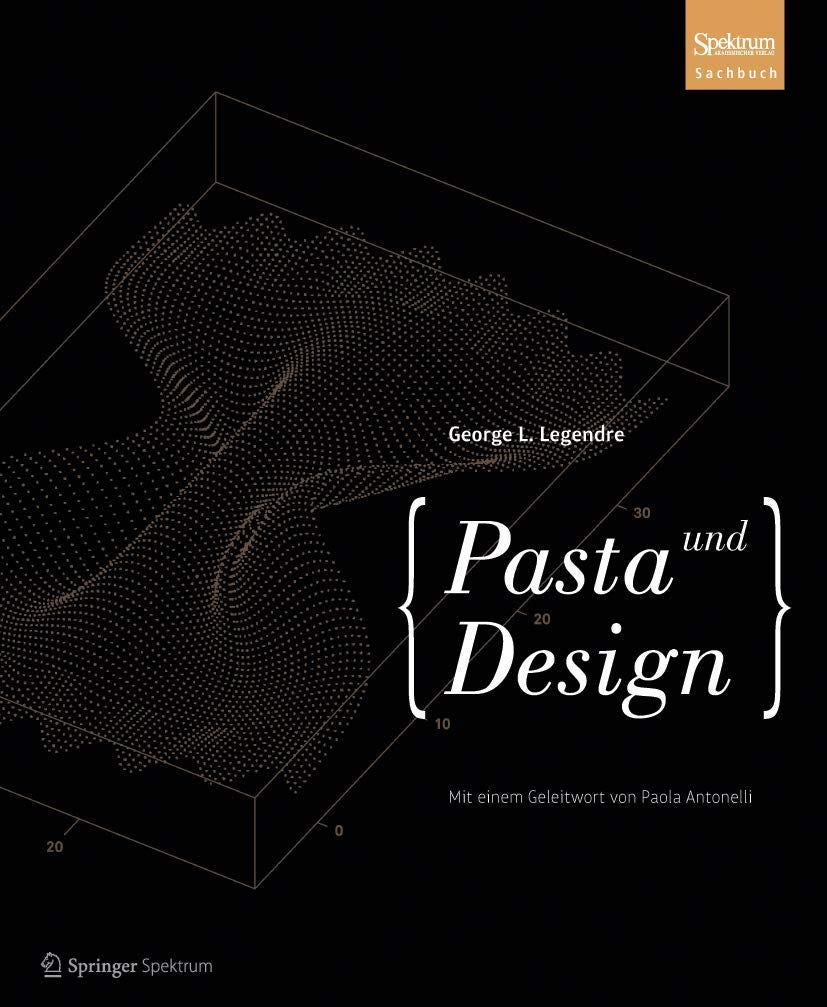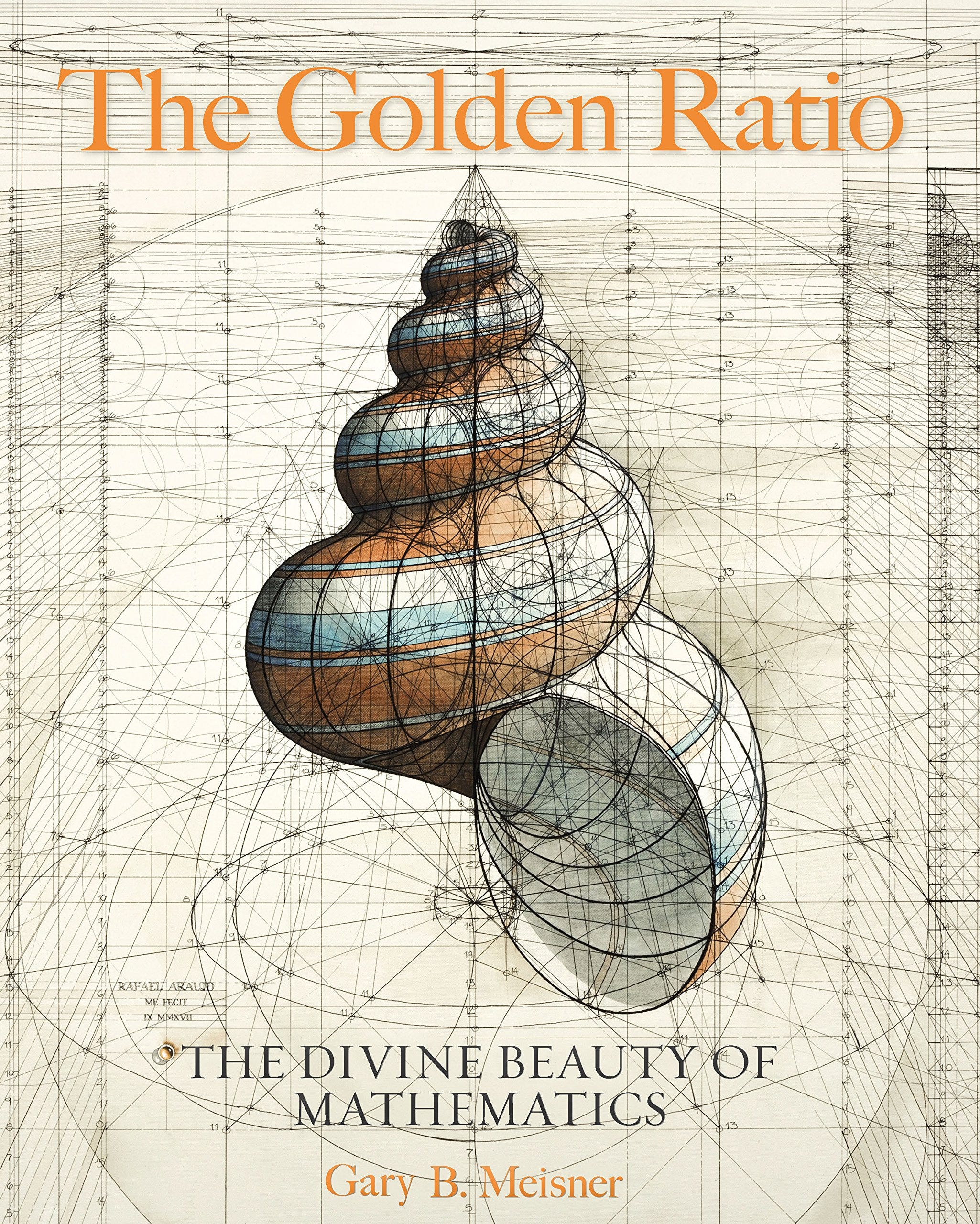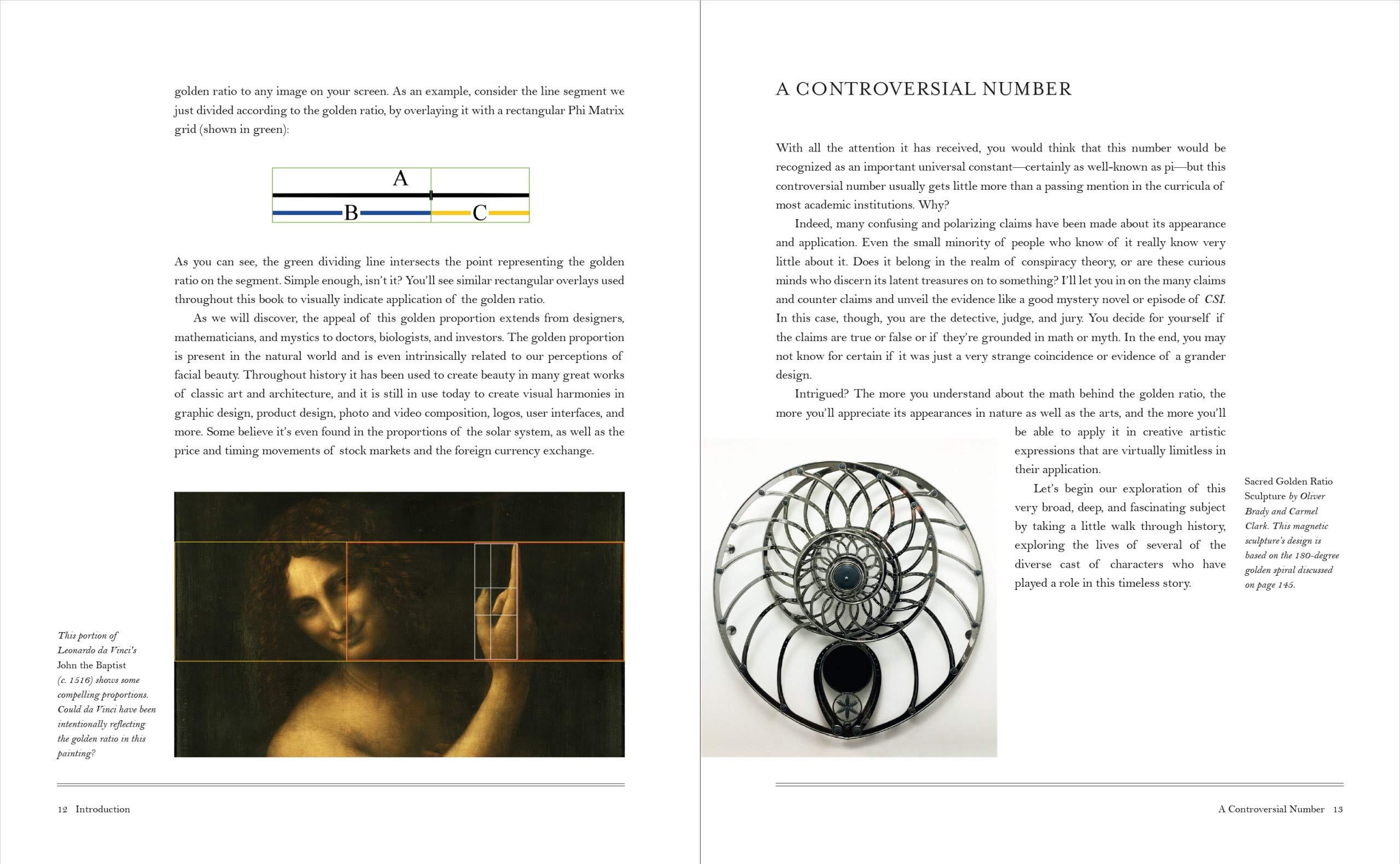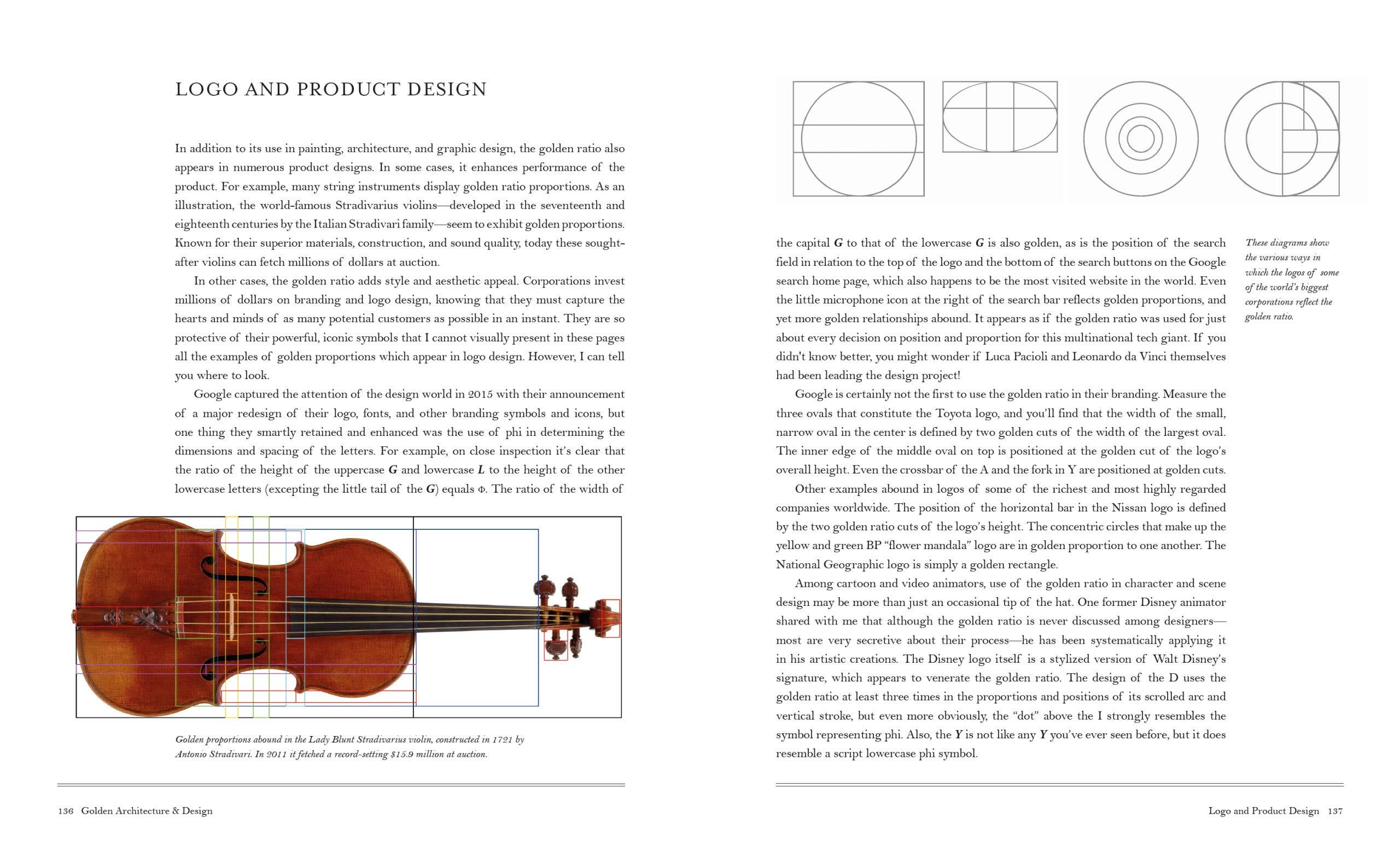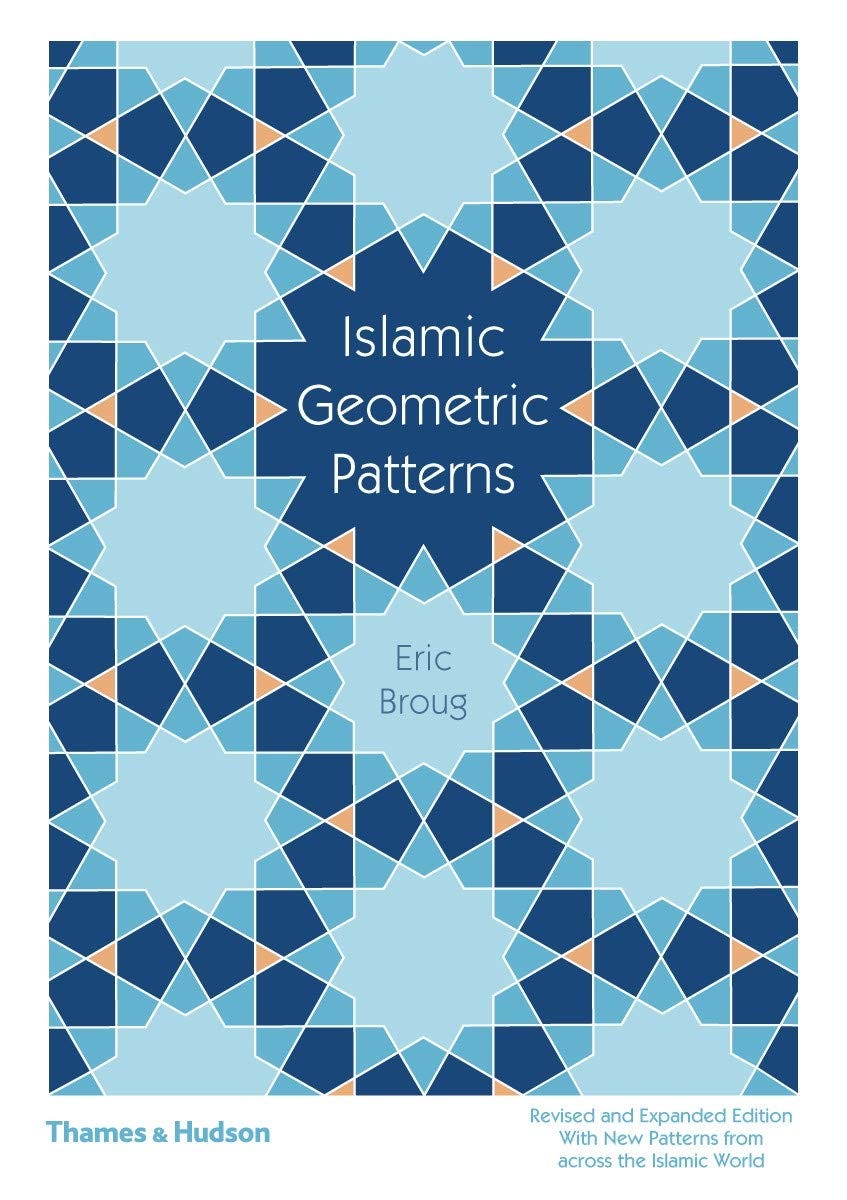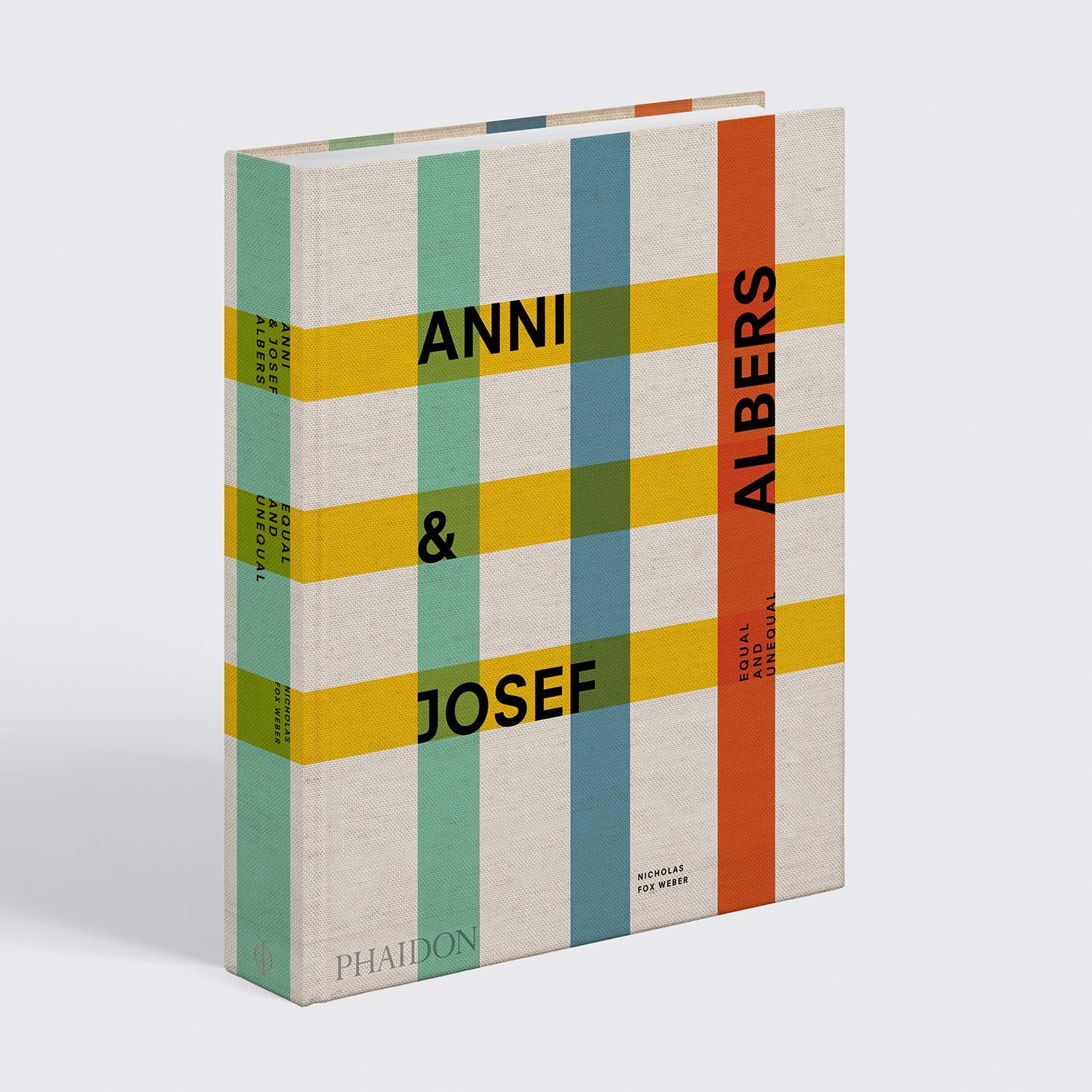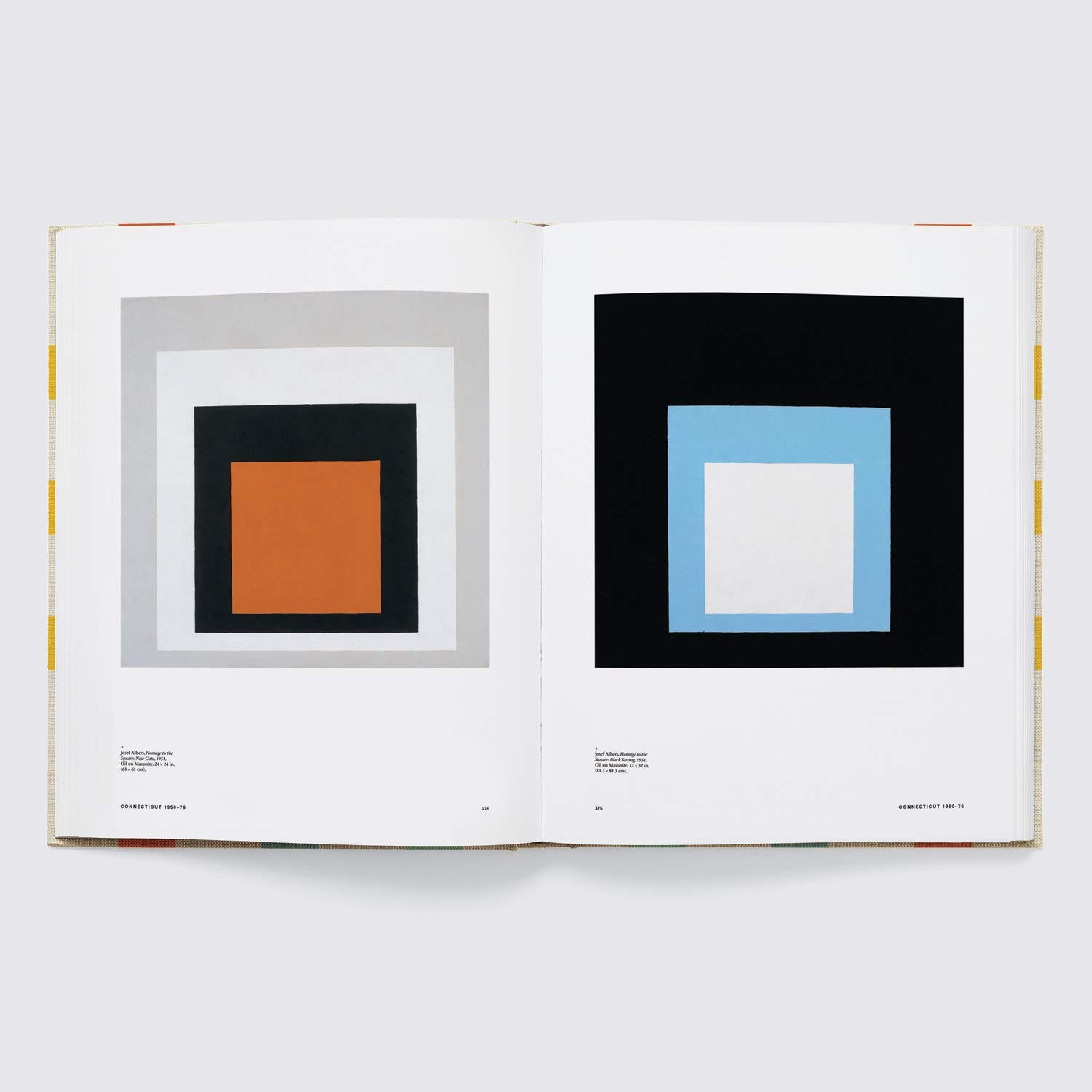12 Incredible Masterpieces That Show the Oneness of Mathematics and Design

In his 1969 book, The Science of the Artificial, Herbert Simon defines design as “To design is to devise courses of action aimed at changing existing situations into preferred ones.” To move away from the thing at hand to one chosen, the chosen one can’t simply be functional. It has to also appeal to the eye. We can say that things that are functional yet appealing have good design.
All of the brilliant designers I have had the opportunity to meet had vast imaginations and significant aesthetic concerns. Furthermore, all of them had interests in geometry and mathematics. Spending my best days in Istanbul, the designers at the agency I worked at were having coffee one day. One of them told me, “When we are designing, we are dealing with mathematics and geometrical shapes.” That had made me immeasurably happy, as a person with a fantastic imagination and knack for design had stated the opposite of the stereotype of “mathematics is a harsh, mechanical and soulless science” that ordinary people had come up with.
David Hilbert, one of the best modern mathematicians, thought similarly as well. In David Darling’s, The Universal Book of Mathematics, there is a memory of David Hilbert that is recalled. When he asks the fate of a student who hadn’t attended lectures for a long time, it is said that the student left his mathematics education to become a poet. In response to this, Hilbert stated, “He made the right decision because he lacked the imagination to be a mathematician.”
When many think about mathematics and design, they remember what has become a household idea, the golden ratio. This is very natural. By nature, man seeks out the beautiful, and excitingly, the golden ratio is significant for something to be attractive to the human brain.
When one of the leaders in experimental psychology, Gustav Fechner, measured books, buildings, boxes, and thousands of other unrelated rectangular objects, he found that the ratio of the side lengths of the rectangles was very close to the golden ratio. In another experiment, Fencher showed rectangles at different ratios to thousands of people and instructed them to choose one. The rectangles that most people chose, he found, had side length ratios very close to the golden ratio. As can be seen, the tendency for the human brain to recognize and prefer the golden ratio is proven with scientific data.Many graphic designers also use the golden ratio in very intriguing ways — the grandmaster Stanley Kubrick films almost all of the frames in his movies according to the golden ratio. In the first portion of what is considered one of the most magnificent pieces in western music, Music for Strings, Percussion, and Celesta, Hungarian composer Béla Bartók used the golden ratio.
Mathematics and design aren’t confined to the golden ratio, however. From the symmetric structure of snowflakes to the fascination of Islamic geometry and the minimalism of Euclidean geometry, many mathematical concepts are present in our lives and nature. All we have to do is read and contemplate.
That is why I would like to share the 12 books that helped me love mathematics even more. The books you will see mentioned below are extraordinary ones. While to many, they may seem like coffee table books, they are books that have the power to inspire students and their imaginations.
Small delights bring incredible joy. Takahiro Kurashima’s books fit in the small delights definition perfectly. So much so that even after a long time has passed, they remain in the most beautiful part of my house.
Kurashima has prepared incredibly interactive books with the inspiration he gathered from Moiré patterns. The designs, which have a semi-transparent foil over them, give you a feeling of a magical moment when you are surprised by the moving geometric shapes they change into. You can momentarily feel your brain burning.


This book serves as almost a lifesaver when you have guests over and don’t know what to talk about. You can also use them to spend time with your children, as they serve to help children fall in love with mathematics.
Moire patterns, by definition, are the patterns that show up when you overlay, then slightly move around two periodic designs. For example, Moire patterns can be found in computer monitors. When you mess around with the video settings, the resulting blurriness is a result of Moire patterns.Oliver Byrne: The First Six Books of the Elements of Euclid by TASCHEN
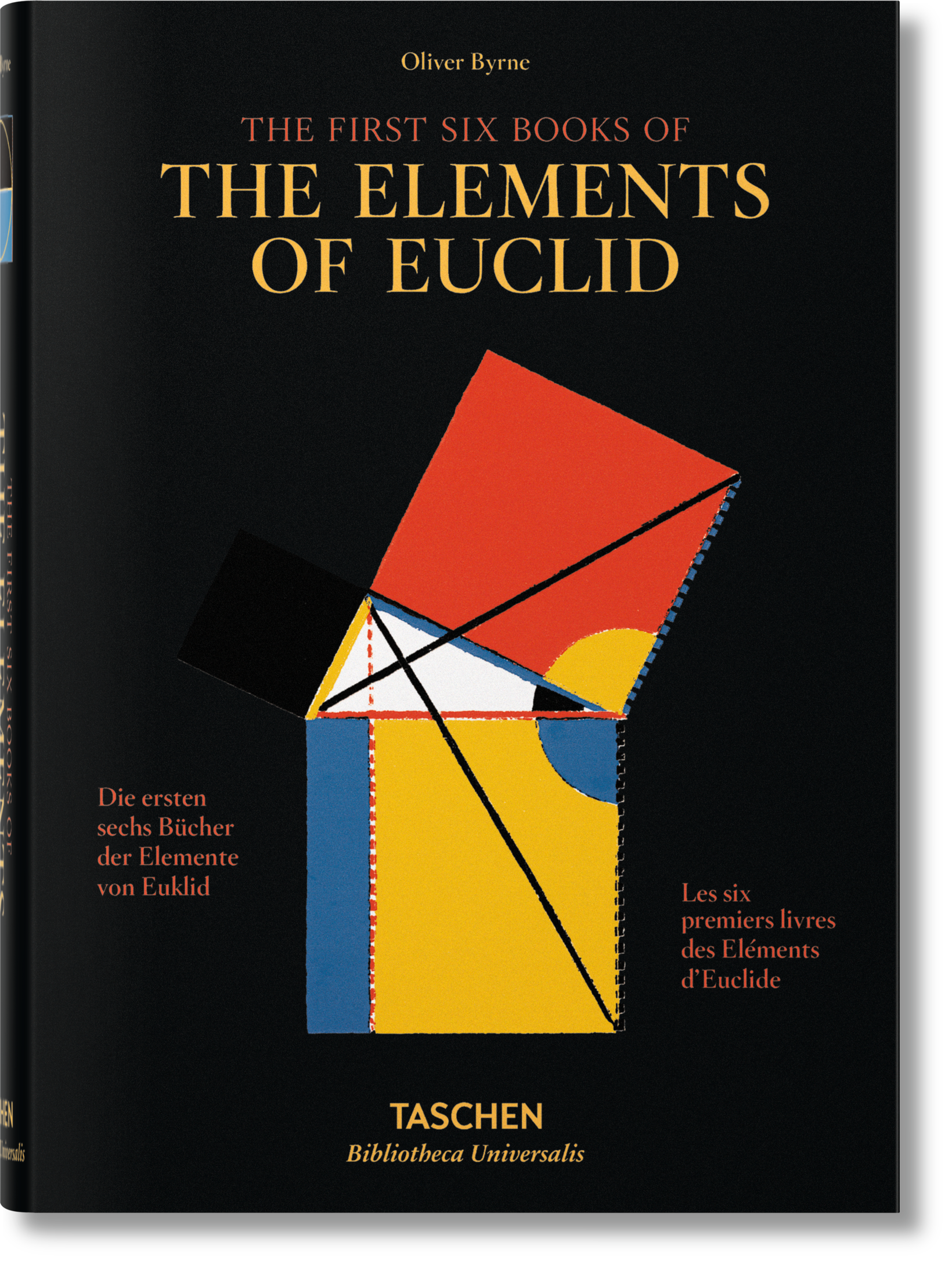

Euclid is the father of geometry. He is the first to formulate the sentence, “Only one line can be drawn between two points.” Furthermore, as in his own words, Euclid didn’t just want to believe in truths; he strived to prove and know them. His obsession with the absolute truth is what made him the father of geometry.
Euclid wanted all of humanity to learn of the findings he had discovered with only a compass and a ruler. That is why he wrote a series of books, stretching six volumes, called ‘Elements.’ The books he wrote thousands of years ago still make up the foundation of geometry taught in schools today. In his article, ‘On The Method of Theoretical Physics,’ Einstein states, “If Euclid failed to kindle your youthful enthusiasm, then you were not born to be a scientific thinker.” One of the greatest thinkers of modern times, Bertrand Russell, identifies his discovery of ‘Elements’ as “one of the greatest events in my life, as dazzling of first love.”


Many years after Euclid, in 1847, an Irish geometry teacher, Oliver Byrne, released Euclid’s Elements in a beautiful red, blue, and yellow form. To this day, Oliver Byrne’s book is thought to be the most attractive edition of Euclid’s Elements by many.

TASCHEN has prepared Oliver Byrne’s beautiful piece charmingly. The book is an absolute masterwork of design and geometry. As mentioned in New York Times, “Every graphic designer, book lover, and math nerd will be awestruck.”
Euclid’s Elements: Completing Oliver Byrne’s Work by KroneckerWallis
Unfortunately, KroneckerWallis is one of the least known publishers in the world that prepare the most incredible books. It is one of the organizations that, as people, we know very little the value of.
In the past, they have released the pieces of scientists who have been part of significant events, in a minimalistic manner. One of the pieces that they have released is the Elements of Euclid.
KroneckerWallis has released the half-finished masterpiece of Oliver Byrne with a new, more minimalistic commentary. It is a reality that the book is expensive, but it is evident that the effort behind it is far more valuable. It is a book that every good designer should skim over now and then.
Overview: A New Perspective of Earth by Benjamin Grant
‘Overview’ is a book that will entirely change the way you view our planet. Although the satellite images that Benjamin Grant has gathered from Google Earth may seem simple at first, each of them is a geometric pattern in and of itself. This book proves that our planet is truly a work of geometric art.
What mesmerized me about this book is how it showed me that, while our surroundings may look in chaos, it is all in incredible order. Everything from the city we live in, the routes we drive our cars on, the fields we grow our produce in, the millions of customs that goods are stopped in may all seem jumbled and out of order. However, when we look at them from a bird’s eye view, it’s as if they are meticulously designed geometric shapes.Another exciting aspect of the book is that if you wanted to, you could find the coordinates of the images in the book on Google Earth.
I often find myself dreaming, “I wish that Benjamin Grant had made an exhibition with all of these colorful images and that I was inside of it right now.”
The ABC’s of Triangle, Square, Circle by Ellen Lupton
The Bauhaus was one of the best design and architecture schools in Germany in the 1900s. This book is about the lessons taught at The Bauhaus.
The book explains the German design era of 100 years ago and the ideas that lead to it with incredible images and detailed graphics.

The ABC’s of Triangle, Square, Circle is a piece that should be used for design and the teaching of geometry. That is because some of the passages in the book are eye-opening.
The Geometry of Pasta by Caz Hildebrand
This one is a different book. As much as it may seem like a cookbook explaining the making of a piece of pasta and then the process of cooking it, in my opinion, it is a fantastic design and geometry book. That is because this book explains, in detail, the designs of different types of pasta we eat.
When analyzing this book further, we realize it is not just showing us how to prepare pasta, but rather how geometric shapes are used in pasta making. More importantly, we learn how to make those geometric shapes.
If you are also a pasta-addicted person, you should definitely gift this book to yourself.
Pasta by Design by George L. Legendre
This is another excellent book that concerns the mathematics and geometry behind different designs of pasta. I bought this book because of my love for mathematics, pasta, and design because it is one of the rare pieces containing all three of the great things I love.
When reading the reviews for this book, I liked a review by an architect whose name I cannot find right now. When this architect inputted the equations into a Mathematica program, he discovered that it outputs three-dimensional pasta designs. He later shared his discovery with little children. While showing them, he made new shapes by slightly manipulating the equations. In an instant, the kids yelled, “Wow, lemme do that!” Therefore, this book is a tool that can be used to change even a little child’s life.By the way, this book is not a cookbook like “The Geometry of Pasta”. Therefore, you cannot find delicious pasta recipes inside of it.
The Golden Ratio: The Divine Beauty of Mathematics
This book gives the actual definition of what most have made an everyday saying, the golden ratio. Rafael Araujo really is an incredibly talented artist. He truly is a master.
This book proves that what makes nature, architecture, and art pretty is what the human brain will always find beautiful, the golden ratio. It does this in a straightforward tongue as well. That means even those who are not very well versed mathematically can understand the technical parts of the book. It can even be used as a great conversation starter in your friend groups.
This is a book that all middle and high school students should see. It really should be somehow implemented into many curriculums because of its ability to turn what many students see as boring numbers into miraculous beauties, re-igniting their passion.By the way, I have wonderful news for you! Rafael Araujo will be launching his new beautiful coloring book, “The Golden Geometry Coloring Book,” soon. I am looking forward to seeing his new nature-inspired geometric designs!
The Snowflake Man: A Biography of Wilson A. Bentley
Duncan C. Blanchard



This book is about a man who met with the most beautiful of nature’s patterns, snowflakes, fell into the spell of their beauty and thought that it should not disappear after a few seconds and that everyone should experience them. It is about Wilson Bentley’s passion for the beauty of snowflakes.
I wish that we could adapt this book to every reading level and show it to all ages of children. There are millions of exceptional beauties in the world, and the mesmerization that one child from a tiny town feels for one of them can inspire all children. We can never know where a child’s dreams will take them because there is no limit to it. We can use the fact that the photographs inside this book, taken a hundred years ago, remain remarkable as proof of this.
How I wish I had enough money to buy this book for every child I came across.
The Fractal Geometry of Nature by Benoit B. Mandelbrot


The Fractal Geometry of Nature is, by all means, a modern classic. Mandelbrot is a mathematician who found order within chaos. In the 1980s, he showed us the miraculous geometry behind many natural phenomena that would, from the outside, be seen as utter chaos.
Unfortunately, this book is not aimed at the general reader. To understand the book, you need at least a basic understanding of the fractal concept. Still, the geometric foundation constructed in this book is mesmerizing nonetheless.
Once declared a persona non grata, there are hundreds of ideas waiting to be discovered and answered in Mandelbrot’s book. I am sure that those ideas and questions will be sources of inspiration for those eager to learn.
Islamic Geometric Patterns by Eric Broug
Eric Brough’s book explains what is one of the most beautiful artistic traditions in the world, Islamic Geometry, in detail. It is hard for one not to be stunned and obtain a new view on geometry after picking this book up.
It is a tremendous gift to be able to use a compass and ruler, with symmetry and fundamental geometric shapes to draw something aesthetically pleasing.
By the way, this book is not a history book. The things you will find in this book are how Islamic Geometric patterns are made and their examples.
Anni and Josef Albers: Equal and Unequal by Nicholas Fox Weber
This book is for any art lover of math people.
The beautifully cloth-bound package utilizes an elegant color palette and design that speaks to the work of both artists. This comprehensive visual biography showcases the artists’ rich and dynamic lives, and their infinite influence on each other, as they shared the profound conviction that art was central to human existence.
*** Note: I get commissions for purchases made through links in this post.



